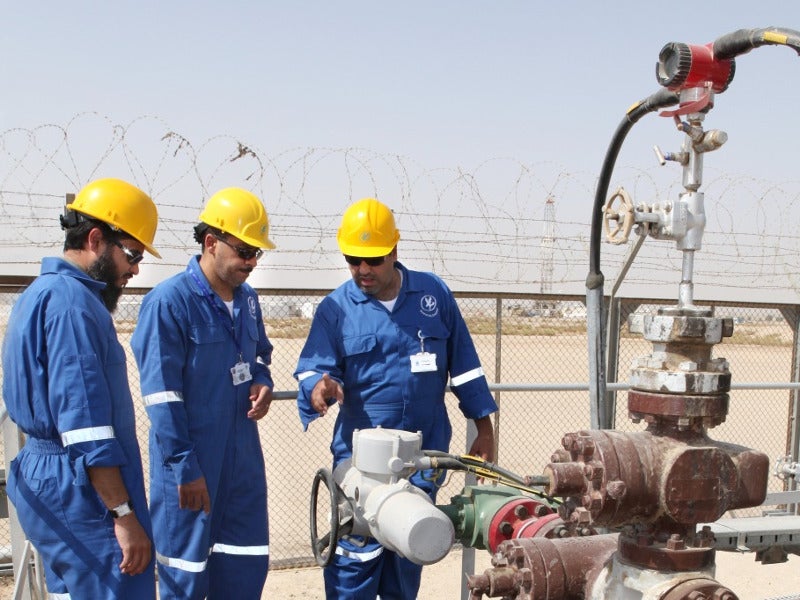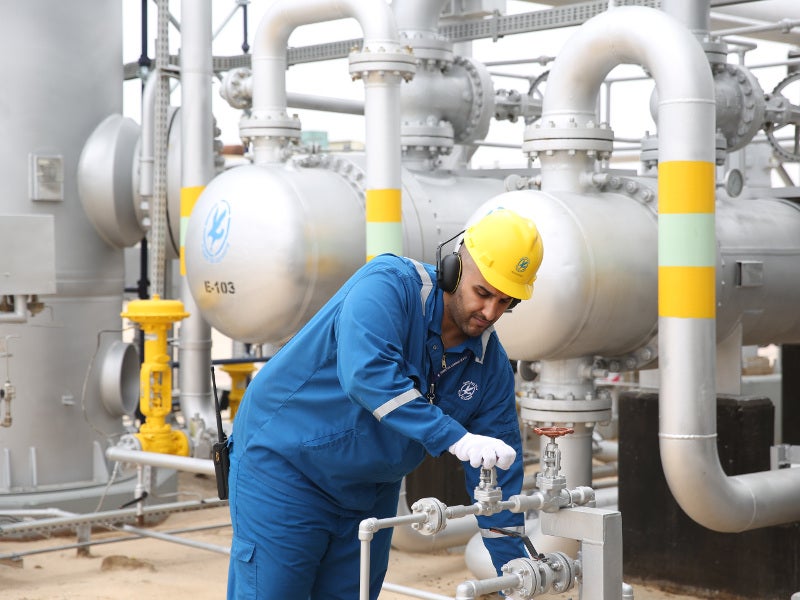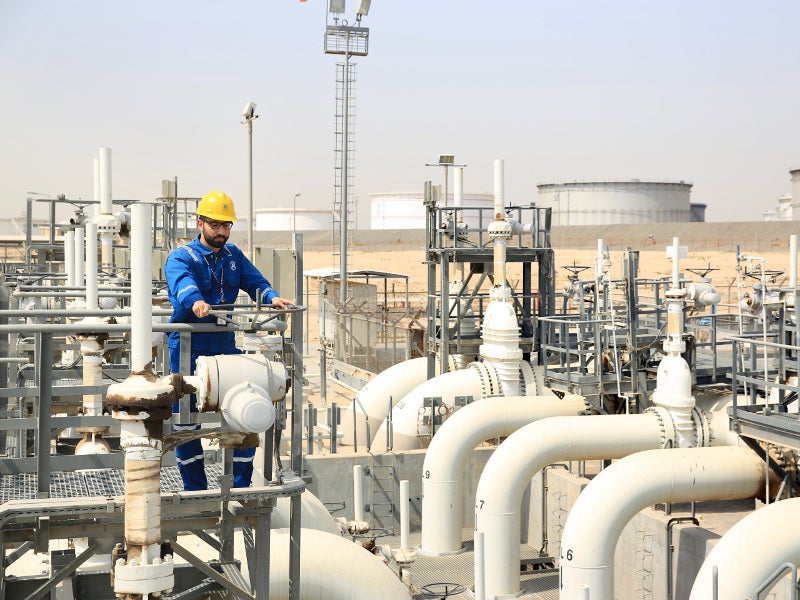The Greater Burgan field, also known as Burgan Field, is an oil and gas field located in south-eastern Kuwait. Kuwait Oil Company (KOC) owns and operates the field, which accounts for approximately half of Kuwait’s total crude production.
The Burgan field currently produces up to 1.7 million barrels per day (bpd). The eastern Arabian emirate aims to increase the field’s crude and condensate production capacity to four million bpd by 2020.
Burgan field discovery and exploration
The Greater Burgan field encompasses an area of 116,549ha and comprises three major fields namely Burgan, Magwa, and Ahmadi. It has three major reservoirs namely the Burgan, Maudud, and Wara, besides two small fields named Marrat and Minagish.
Discovered in February 1938, the Burgan field is one of the oldest and the world’s second biggest oil field, after Saudi Arabia Ghawar oil field. Eight additional oil wells were drilled at the field between 1938 till 1942, but the operations were suspended until the end of World War II in 1945.
Commissioning of the first collection or gathering centre, GC-1, at the Burgan field took place in June 1946 and crude oil export was commenced subsequently in the same year.
The first wells at Magwa and Ahmadi were drilled in 1951 and 1952, respectively. Horizontal well drilling began at the Burgan field in 2005.
Greater Burgan field reserves
The Greater Burgan field is estimated to hold 67,183 million barrels of oil equivalent (Mboe) in recoverable hydrocarbon reserves.
Production at the Burgan field
The Burgan field produces oil using enhanced recovery methods such as injection of seawater and carbon dioxide.
Several gathering centres (GCs) and gas booster stations (GBS) are located across the site. The GCs receive crude from the wells, stabilise it, and separate the contained gas and water. The Burgan field produces medium to light crude with an API gravity ranging between 28° and 36°.
The crude from the GCs is supplied to the central mixing manifold to produce the Kuwait Export Crude (KEC) oil with a specific gravity of 30.5° API. The KEC is stored in tank farms before being exported through ships or delivered to the country’s refineries and power plants.
Gas processing details
The high-pressure and low-pressure gases separated at the GC are transmitted to the GBS through pipelines and compressed. The compressed gases along with the condensate recovered are dehydrated and delivered to the Mina Al-Ahmadi LPG plant through dedicated pipelines. Tank vapours are compressed at the GC site using Tank Vapour Compressor (TVC).
Liquefied petroleum gas (LPG) and gasoline are obtained after processing the compressed gases. The effluent gas, also called lean gas, produced in the process is distributed as fuel gas for industrial use, while the surplus is utilised for fuelling the field’s GCs and/or flared.
Technology innovations at Burgan
KOC implemented the Kuwait Integrated Digital Field (KwIDF) prject at the Burgan field in collaboration with ABB in 2009. The implementation helped transform Burgan into a Digital Oil Field (DOF), achieving integrated operations for control, measurement, and modelling of the field.
ABB provided a supervisory control and data acquisition (SCADA) system for controlling and measuring the volume of gas and condensate flowing through the system to the refineries. The SCADA system also helps in maintaining wellhead pressure even as different types of fluids with varying properties are produced from the well.
The GCs at the field are connected to wellhead controllers and instruments using a field-level ethernet-based communication called WiMAX radio system, which gathers real-time data from wellhead equipment such as water cut, wellhead pressure, flowline pressure and temperature, and flow/no-flow indication.






